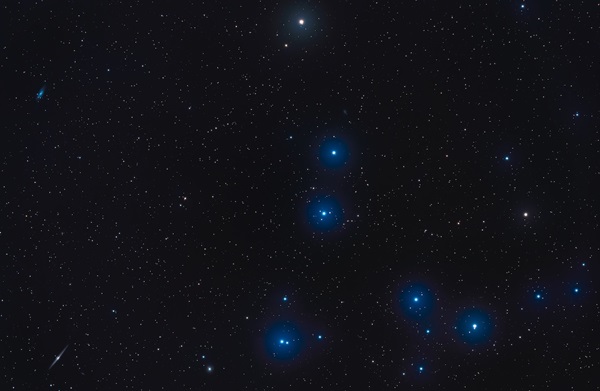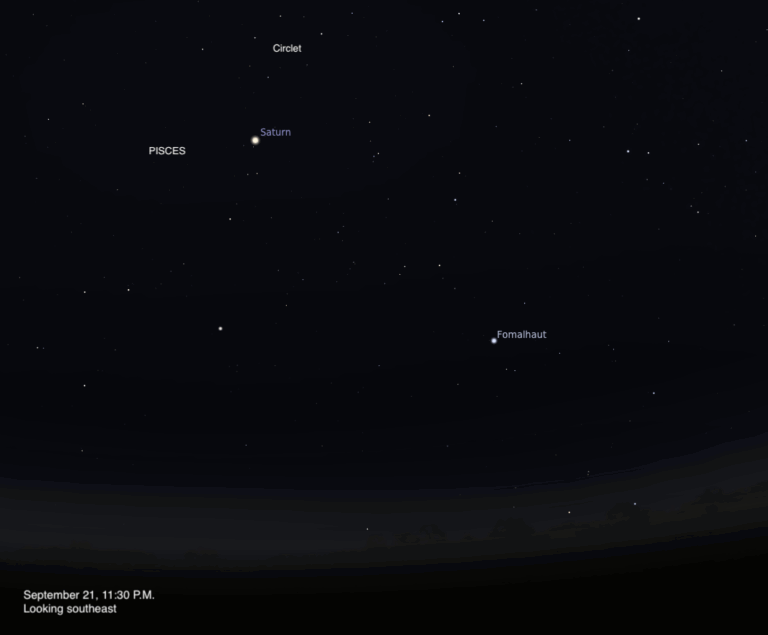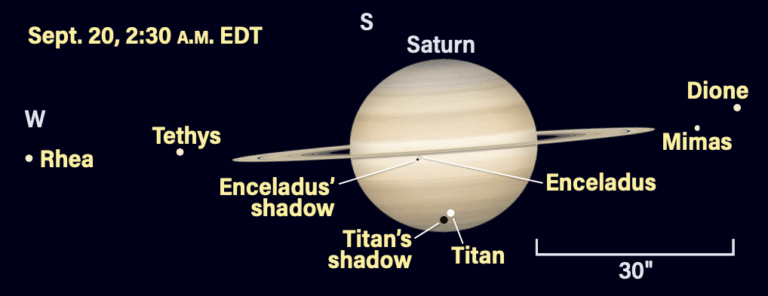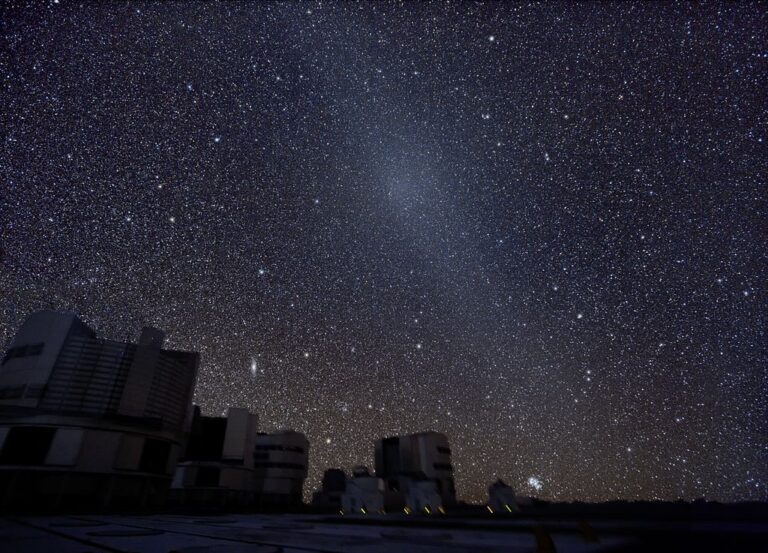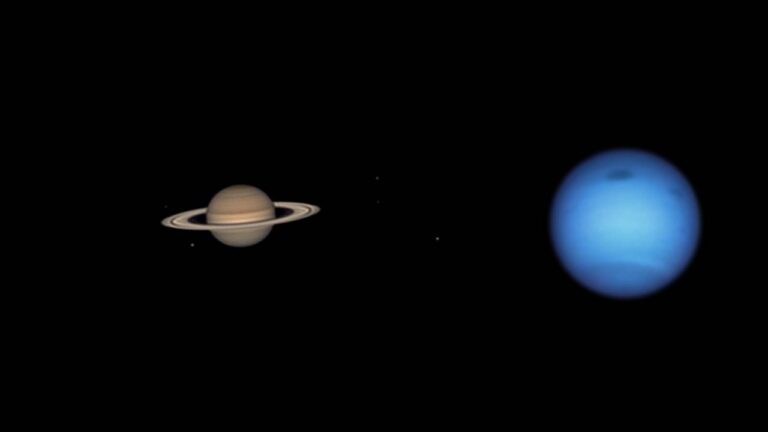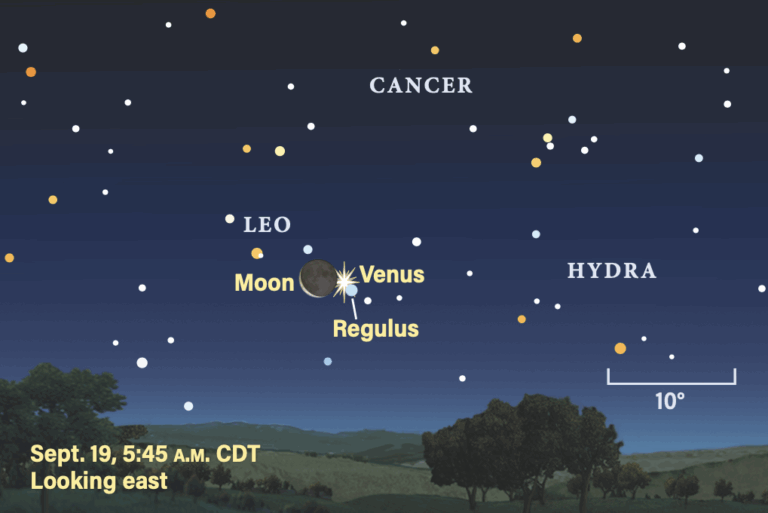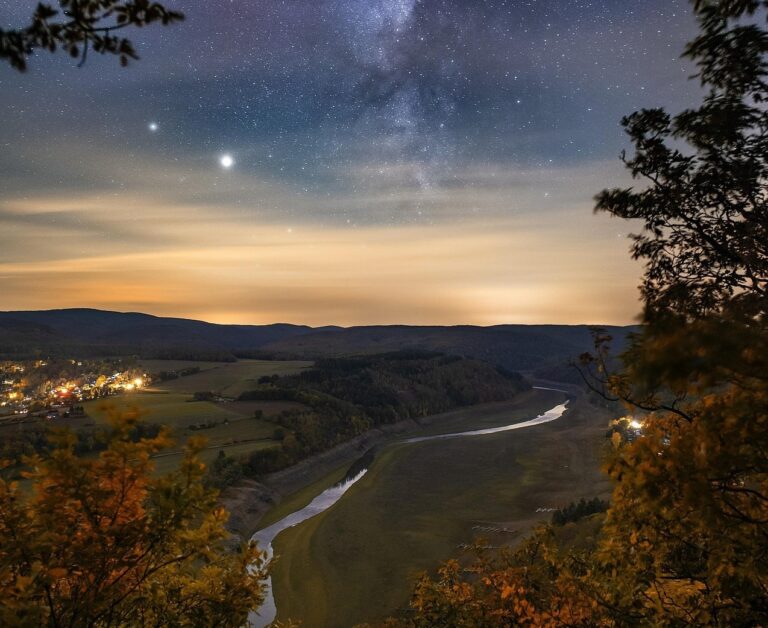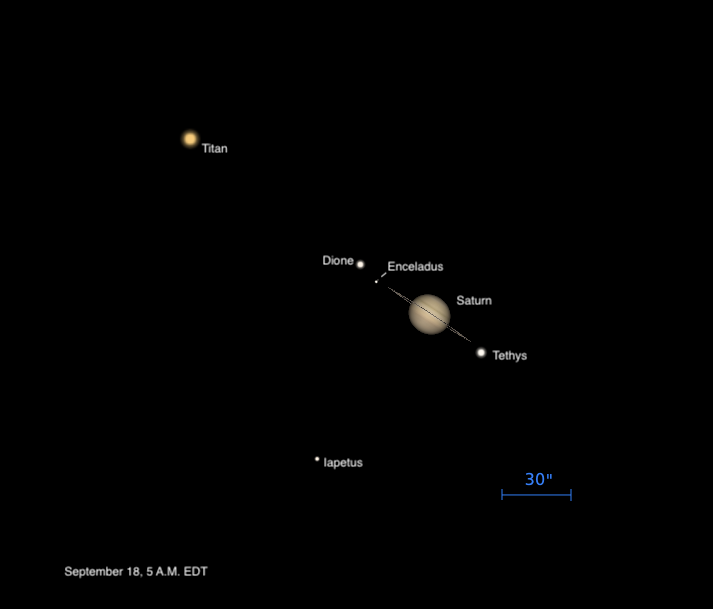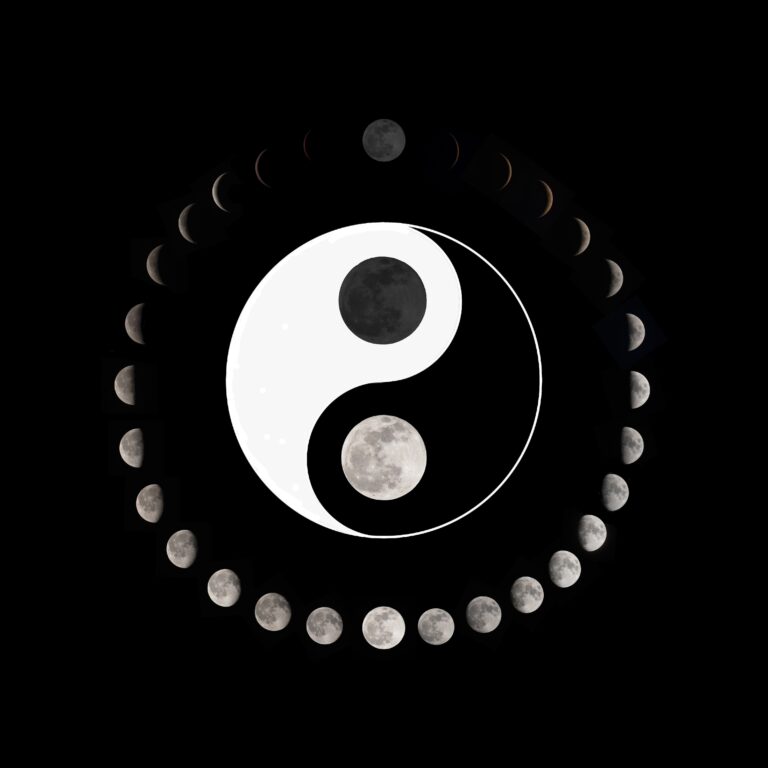Key Takeaways:
- The Coma Star Cluster is a large, bright, and relatively close group of stars.
- It's easily visible to the naked eye and even better with binoculars or a telescope.
- The cluster is near a massive collection of galaxies, visible with a telescope.
- It's one of the nearest and largest open star clusters.
A most glorious deep-sky treasure hides in plain sight in the spring sky — the Coma star cluster (Melotte 111), which Ptolemy cataloged as a “nebula” around A.D. 138. This spangle of seven prominent naked-eye suns (and twice as many that are fainter) form the most prominent part of the constellation Coma Berenices, Berenice’s Hair.
Unlike most open star clusters, which hug the Milky Way’s spiral arms, we see the Coma Star Cluster only about 5° west of the North Galactic Pole — the point on the celestial sphere’s northern half at which our galaxy’s axis of rotation is aimed. Shining at magnitude 1.8 and spanning 5° of sky, the Coma star cluster is one of the largest and brightest open star clusters in the sky. At a distance of 288 light-years, it is also one of the nearest. The 400- to 600-million-year-old cluster contains some 270 members ranging from magnitude 5 to 10.5. The cluster’s total mass is likely less than 100 solar masses, and its density is about one star per 33 cubic light-years.
Its members form a roughly triangular pattern in the sky that spans 22.5 light-years of space. Through binoculars, more than 100 stars can be seen in this wedge-shaped portion formed by 12, 14, and 17 Comae Berenices. The cluster contains no fully-evolved giant stars.
Ten reasonably bright galaxies are within reach of a 4-inch telescope under a dark sky. They all lie within 2° of the Coma star cluster: NGC 4225, 4251, 4274, 4278, 4283, 4314, 4448, 4494, 4559, and 4565. These all belong to the great Coma Cluster of galaxies, a turbulent array of thousands of galaxies (mostly ellipticals and lenticulars) more than 300 million light-years distant. It is the nearest massive cluster of galaxies and is scattered across more than 20 million light-years of space.
Once you’ve finished inspecting the Coma star cluster with binoculars and a telescope, study it with your unaided eyes to see how many dim stars you can detect. The cluster contains nine stars between magnitude 6.0 and 7.4, with separations ranging from 12″ to 31″.
Make sure to explore Astronomy’s full list of 101 cosmic objects you must see. New entries will be added each week throughout 2022.
To get the latest astronomical news and observing content delivered directly to your door, subscribe to Astronomy magazine today!

